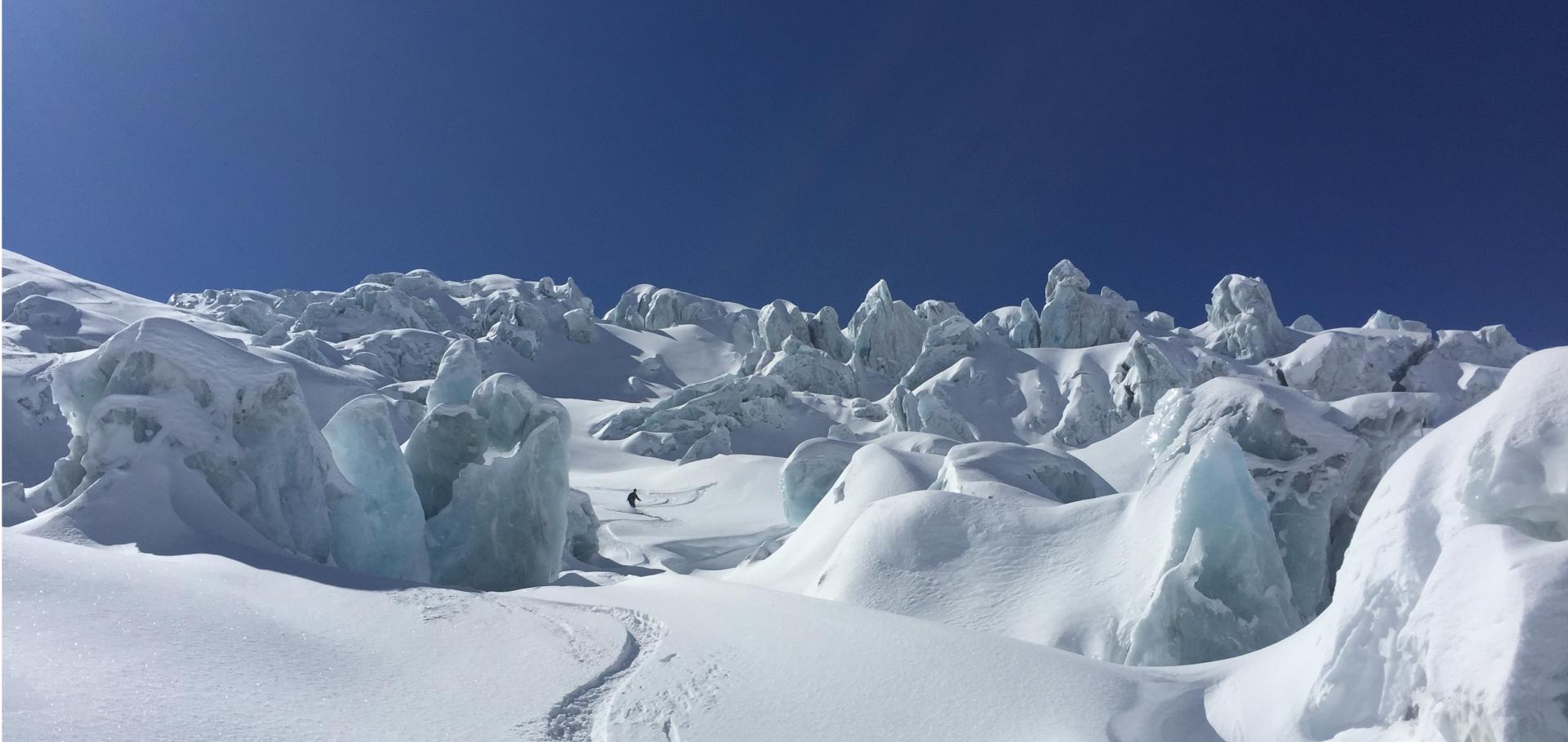Millimeter-wave magneto-optical determination of the anisotropy of the superconducting order parameter in the molecular superconductor κ-(BEDT-TTF)2Cu(NCS)2
PHYSICAL REVIEW LETTERS 83:15 (1999) 3041-3044
Millimetre-wave magneto-optical determination of the anisotropic superconducting order parameter in the molecular superconductor (kappa)-(BEDT-TTF)(2)Cu(NCS)(2)
P SOC PHOTO-OPT INS 3828 (1999) 311-314
Abstract:
We have used a novel millimetre-wave magneto-optical technique to study the angle-dependence of the high-frequency conductivity of the molecular superconductor kappa-(BEDT-TTF)(2)Cu(NCS)(2). The data, strongly suggest that the superconducting gap has nodes directed along the b and c directions of the crystal, in agreement with recent theoretical predictions. This supports the idea that the superconductivity in kappa-(BEDT-TTF)(2)Cu(NCS)(2) is d-wave in nature, and is mediated by spin fluctuations.A new kind of magnetic resonance observed in the organic molecular metal alpha-(BEDT-TTF)(2)KHg(SCN)(4)
PHYSICA B 256 (1998) 649-653
Abstract:
We experimentally demonstrate a mechanism for a new kind of magnetic resonance, the Fermi-surface traversal resonance (FTR). This is caused by the periodic traversal of carriers across quasi-one-dimensional (Q1D) sections of Fermi surface (FS) in an external magnetic field. Owing to the warping of the Q1D Fermi sheets, the real space velocities of the carriers oscillate as they cross the FS, generating resonances in the high frequency conductivity of the material. The results contain information about the FS, including the direction and harmonic content of the warping components. Using a rotating resonant-cavity system, FTRs have been observed in alpha-(BEDT-TTF)(2)KHg(SCN)(4). (C) 1998 Elsevier Science B.V. All rights reserved.Experiments on semiconductor systems using a pulsed-field-magnet free-electron-laser combination
PHYSICA B 256 (1998) 339-342
Abstract:
The FELIX free-electron laser is continuously tuneable over the wavelength range 5-100 mu m and can provide great power and the possibility of time-resolved experiments in the ns to mu s range. We describe a pulsed magnet specifically designed for semiconductor experiments using FELIX, which provides fields of up to 45 T, with a pulse-shape tailored to the macropulses of the FELIX source. The magnet consists of a conventional outer coil providing fields of up to 30 T with a pulse length of several ms, plus a single-layer inner coil with a rise-time of similar to 10 mu s, matched to duration of the FELIX macropulses. The magnet is to be extended to fields of up to 60 T. (C) 1998 Elsevier Science B.V. All rights reserved.Pressure dependence of the cyclotron resonance modes in high mobility two-dimensional hole systems in GaAs-(Ga,Al)As heterojunctions
PHYSICA B 256 (1998) 359-362


